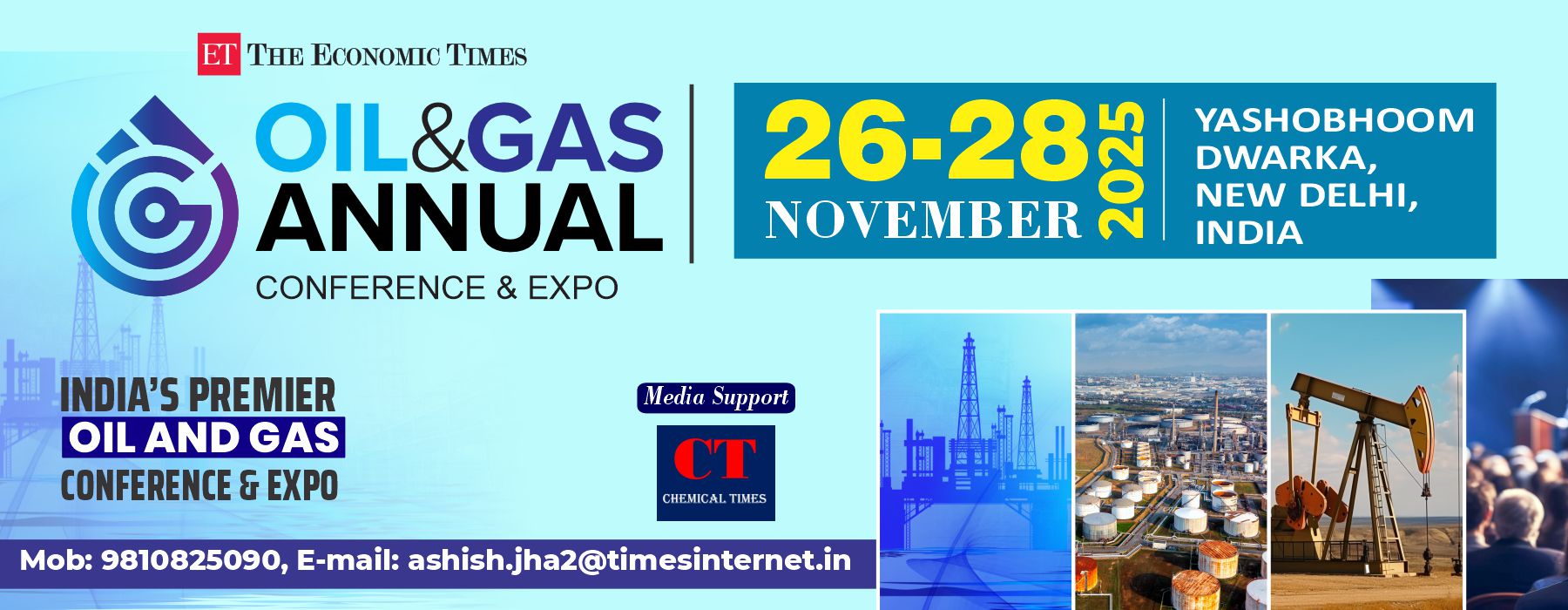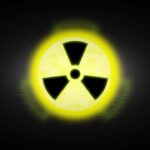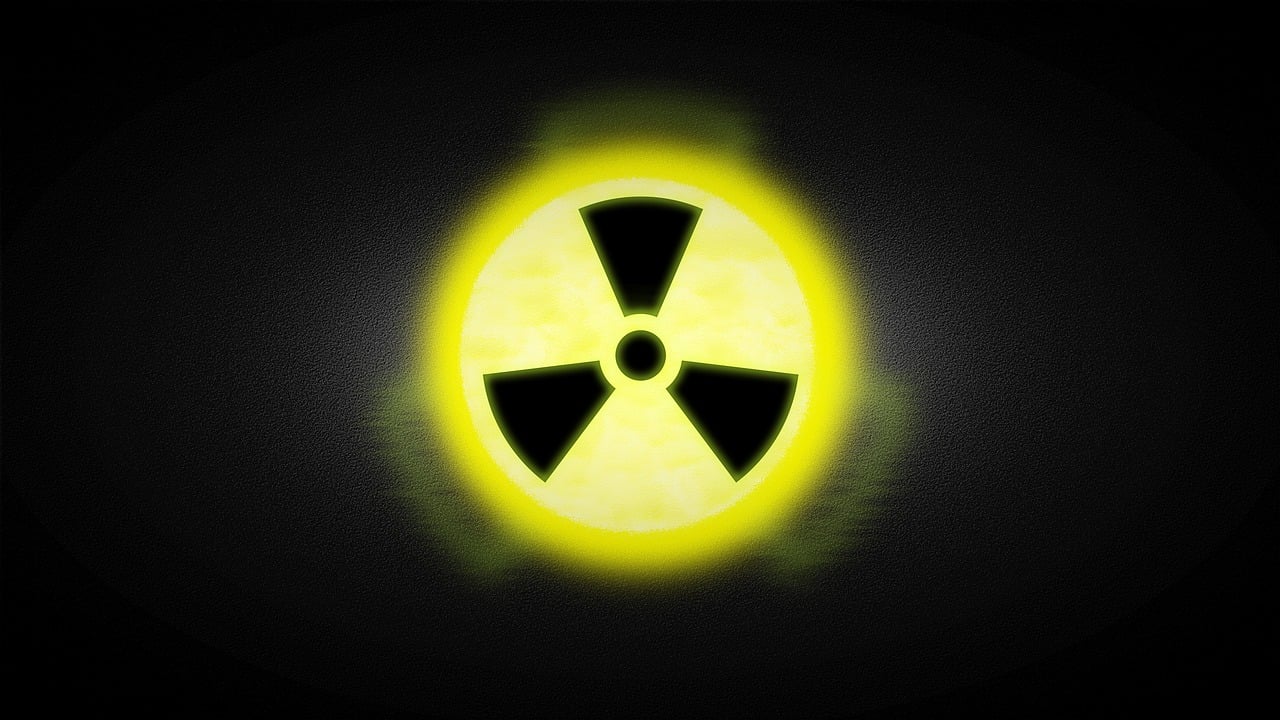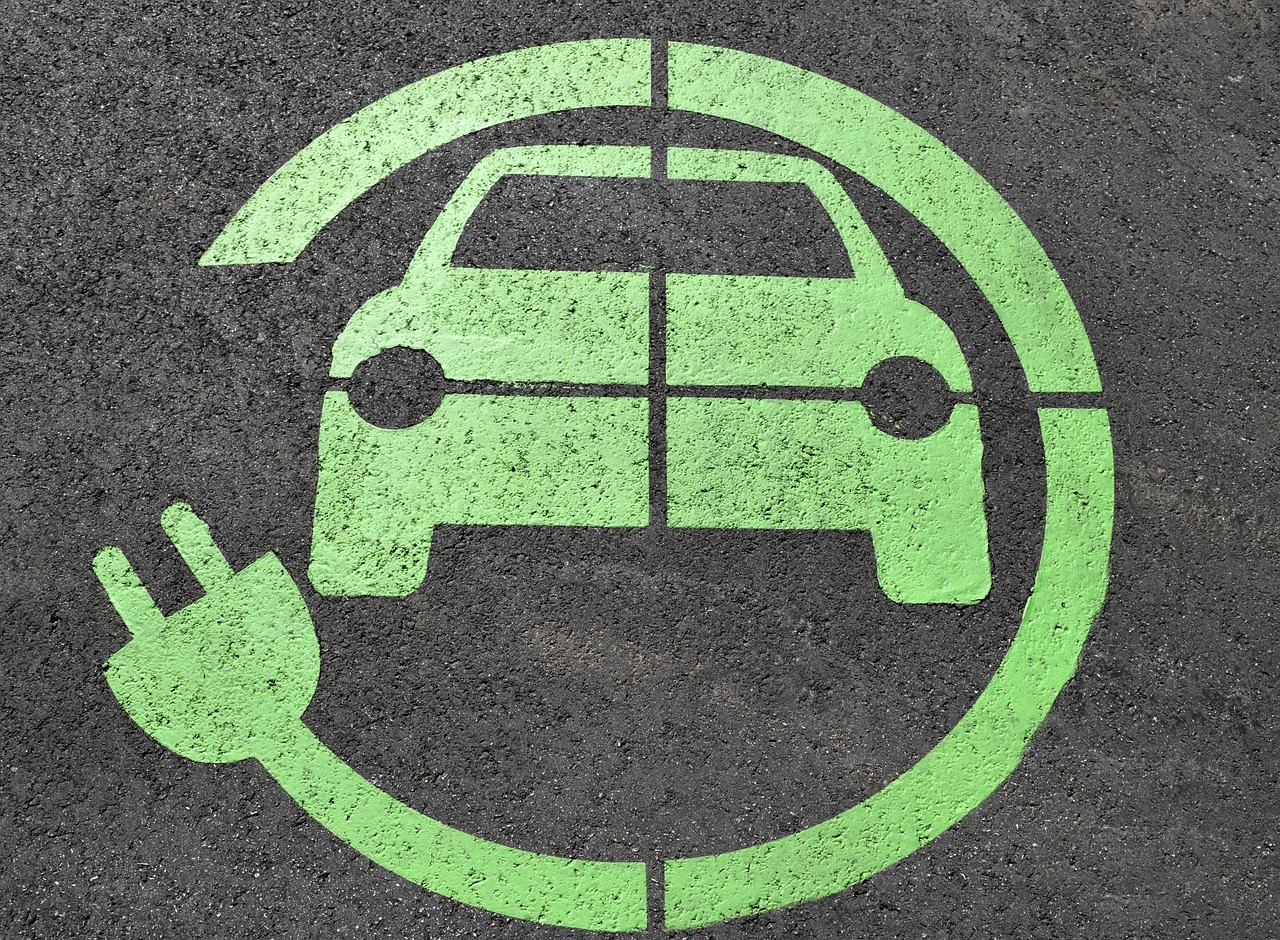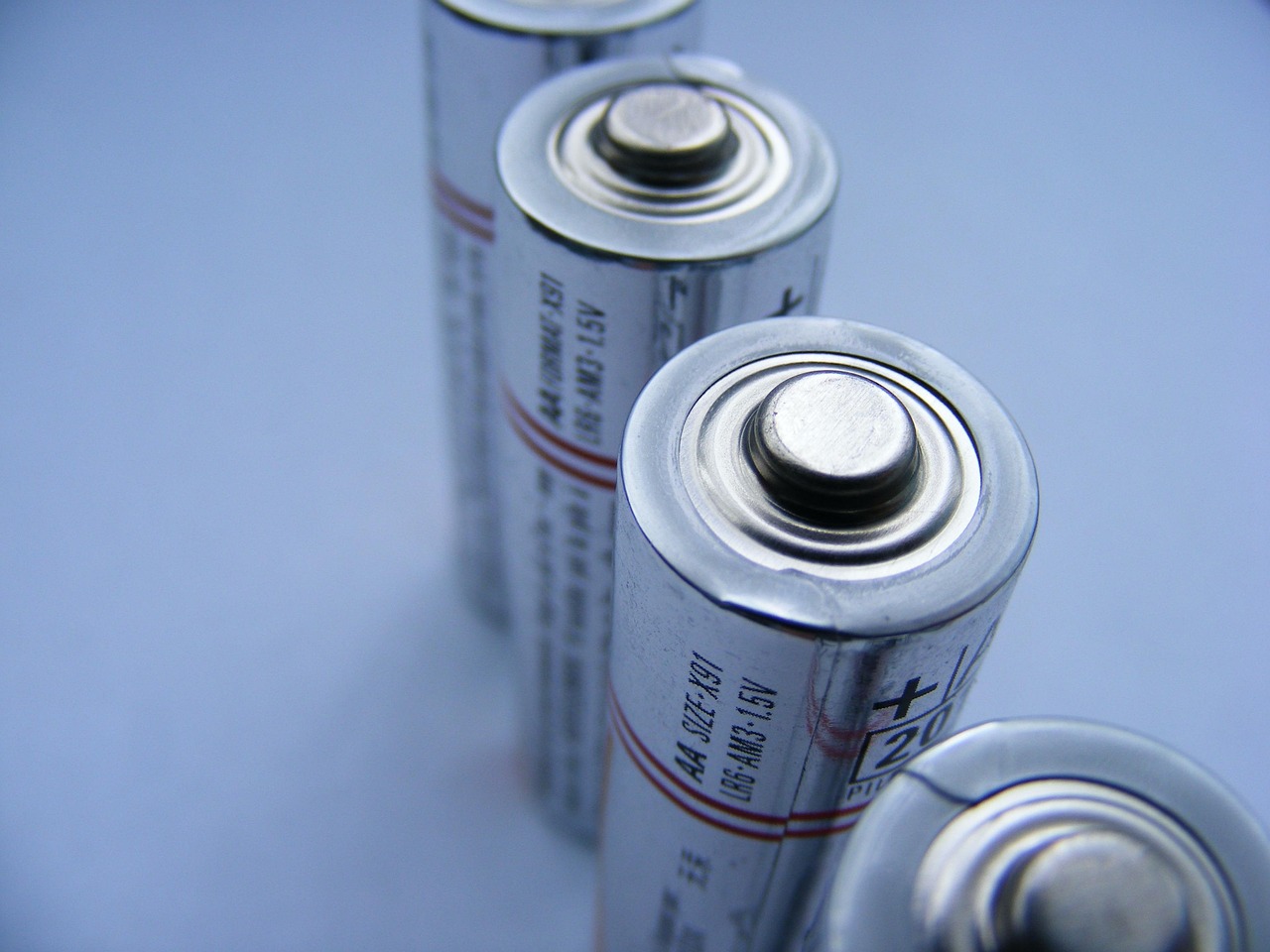Nuclear energy has long been a controversial yet indispensable part of the global energy landscape. As the world grapples with the twin challenges of climate change and energy demand, nuclear power—both fission and the promise of fusion—has emerged as a potential solution. The debate over nuclear energy spans a variety of concerns, from safety and waste management to the revolutionary prospects of nuclear fusion. In this article, we explore the current state of nuclear fission energy, the potential breakthroughs in fusion technology, and the challenges that lie ahead for both.
Nuclear Fission: The Current State of Play
Nuclear fission is the technology we rely on today for large-scale nuclear power generation. It involves splitting heavy atomic nuclei, typically uranium-235 or plutonium-239, to release a massive amount of energy. This energy is harnessed to heat water, produce steam, and drive turbines that generate electricity. While nuclear fission has been a workhorse of the energy sector for decades, it comes with its own set of challenges.
Challenges of Nuclear Fission
Nuclear Waste Disposal
One of the most significant challenges facing nuclear fission is the disposal and management of radioactive waste. Spent fuel from reactors remains highly radioactive for thousands of years, posing a long-term environmental risk. The industry has made strides in waste containment, with solutions such as deep geological storage, but there is no universally accepted solution. The Yucca Mountain project in Nevada, for example, was abandoned in the face of public opposition and political resistance.
Safety Concerns
Though nuclear power plants have become much safer since the disasters at Chernobyl (1986) and Fukushima (2011), safety remains a critical concern. Nuclear accidents, while rare, can have catastrophic consequences, both for human health and the environment. Furthermore, with the aging of existing plants, concerns about their safety are growing. The issue of nuclear plant maintenance and potential vulnerabilities to natural disasters or cyberattacks is a constant area of focus.
High Costs and Long Construction Times
Building a new nuclear plant is an expensive and time-consuming process. The capital cost of constructing a nuclear power facility runs into billions of dollars, and it can take decades to plan, approve, and build a plant. Given the low price of renewable energy sources like solar and wind, nuclear energy struggles to compete on the financial front. The long construction times also mean that nuclear plants often miss windows of opportunity for energy market changes.
Decommissioning
Nuclear plants are not indefinite; they need to be decommissioned once they reach the end of their service life. Decommissioning a nuclear plant is a complex and expensive process that can take decades. For example, the decommissioning of the Fukushima Daiichi plant following the 2011 disaster is expected to take at least 40 years. The dismantling of reactors and cleaning up radioactive waste from the site requires significant investment and expertise.
Breakthroughs in Nuclear Fission
Despite these challenges, there have been significant breakthroughs in nuclear fission technology that could make it safer, more efficient, and more widely accepted.
Small Modular Reactors (SMRs)
One of the most promising developments in nuclear fission is the emergence of Small Modular Reactors (SMRs). SMRs are smaller, factory-built reactors that can be assembled on-site, offering advantages over traditional, large-scale reactors. These reactors are designed to be safer, more flexible, and less expensive to build. They are also intended to be more adaptable to smaller grids or off-grid applications, potentially opening up new markets for nuclear energy.
Advanced Fuel Recycling
Advances in nuclear fuel recycling technologies could help address the problem of nuclear waste. The ability to reprocess spent nuclear fuel allows for the extraction of usable materials, reducing the volume of waste and potentially extending the life of uranium resources. France has been at the forefront of nuclear fuel reprocessing, and other countries are looking into adopting similar strategies.
Improved Reactor Designs
Next-generation reactors, such as Generation IV reactors, are being designed with greater safety features, including passive safety systems that do not require active intervention to cool the reactor in the event of an emergency. These reactors aim to be more efficient, produce less waste, and use more sustainable fuel sources.
Nuclear Fusion: The Future of Energy
While nuclear fission remains the backbone of current nuclear energy generation, the ultimate goal for energy scientists is to develop nuclear fusion—a process that powers the sun. Fusion involves the combining of light atomic nuclei (typically isotopes of hydrogen like deuterium and tritium) under extreme pressure and temperature to release energy. Unlike fission, fusion produces very little nuclear waste, and the fuel (deuterium) is abundant and can be extracted from water.
Challenges of Nuclear Fusion
Extreme Conditions for Fusion
The most significant challenge in achieving nuclear fusion is creating the conditions necessary for the process to occur. For fusion to happen, the fuel must reach temperatures of around 100 million degrees Celsius—hotter than the core of the sun. At these temperatures, the fuel must be contained in a way that prevents it from coming into contact with the walls of the containment vessel, which would cause it to cool down and stop the reaction.
Magnetic Confinement and Plasma Control
The extreme heat of fusion reactions creates a state of matter known as plasma, which is a hot, electrically charged gas. Containing and controlling this plasma is an immense technological challenge. To do so, scientists use powerful magnetic fields generated by devices such as tokamaks and stellarators to keep the plasma suspended and stable. These magnetic fields must be incredibly strong and precise, and achieving the right balance has proven difficult.
Energy Input vs. Energy Output
To make fusion viable as a power source, the energy output must far exceed the energy input required to initiate and sustain the reaction. As of now, fusion experiments consume more energy to create the required conditions than the fusion reaction itself generates. Achieving a net positive energy output, where more energy is produced than consumed, remains a key milestone on the road to practical fusion power.
Tritium Supply
Fusion reactors require tritium, a rare and radioactive isotope of hydrogen, to fuel the reaction. Tritium does not occur naturally in significant quantities, so it must be bred within the reactor itself, a process known as “breeding.” This presents another technical challenge, as fusion reactors need to be designed to breed enough tritium to sustain the fusion process.
Breakthroughs in Nuclear Fusion
Despite these daunting challenges, significant progress has been made in fusion research, and the potential for breakthroughs in the coming years is enormous.
Net Energy Gain Achieved
In December 2022, researchers at the National Ignition Facility (NIF) in California achieved a major breakthrough in fusion research. For the first time, they successfully achieved “ignition” in a laser-based fusion experiment, where the energy output from the fusion reaction exceeded the energy input from the lasers used to initiate the reaction. While this was a significant step forward, it is just one milestone on the path to achieving a self-sustaining fusion reaction for electricity generation.
Private Sector Involvement
Private companies, such as Commonwealth Fusion Systems, Tokamak Energy, and Helion Energy, are making significant strides in developing fusion reactors. These companies are leveraging advanced superconducting magnets, laser technologies, and other innovative approaches to accelerate progress in fusion energy. Their success could shorten the timeline for fusion’s commercial viability.
International Fusion Projects
One of the most ambitious fusion projects is the International Thermonuclear Experimental Reactor (ITER), a global collaboration to build the world’s largest tokamak reactor in southern France. ITER aims to demonstrate the feasibility of fusion as a large-scale, carbon-free energy source. Although ITER is not expected to generate electricity for the grid, it is a critical step in proving that fusion can be achieved on a practical scale.
Looking Ahead: The Energy Mix of the Future
While nuclear fission continues to be a critical component of global energy generation, the future of nuclear energy lies in fusion. If researchers can overcome the significant challenges associated with fusion, the world could have access to a virtually limitless, clean, and sustainable energy source. However, nuclear fusion is still years, if not decades, away from being ready for commercial deployment.
In the meantime, a diverse mix of energy sources—combining nuclear fission, renewable energy (solar, wind, hydropower), and energy storage technologies—will likely define the energy landscape of the future. As the cost of renewables continues to fall and storage technology improves, nuclear energy may play a complementary role, especially in regions seeking to decarbonize while maintaining a reliable energy grid.
Ultimately, the success of both nuclear fission and fusion will depend on continued technological advances, political will, and public acceptance. But as we look to the future, nuclear energy—both fission and fusion—holds the promise of transforming the way we produce and consume energy for generations to come.
